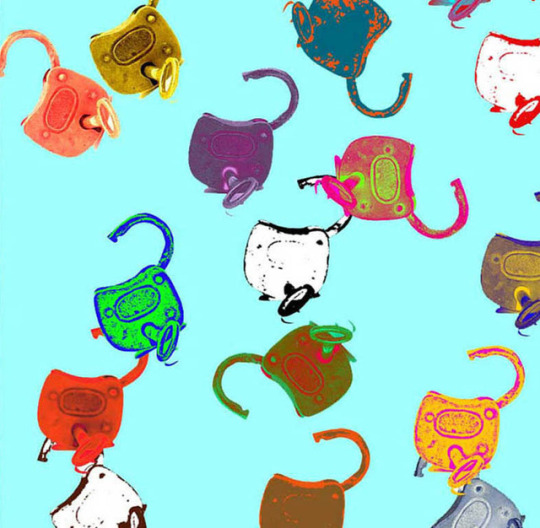A platform to showcase the latest happening in Indian market for designing, culture, Nature, Business, Travel and etc.
Don't wanna be here? Send us removal request.
Photo



Anita Dalmia working since a long time on above Upholstery Design.
Contact her on [email protected].
Website: hmsadesigns.com
0 notes
Text
Creating Jobs Through Skill Development
We need to gainfully employ our youth, the number of which is increasing with each passing year. Otherwise, our strength is running the risk of becoming a liability, cautions.
Despite the much touted population dividend (which increases the number of youth who could contribute to productive employment) and massive investment in rural employment programmes, the 68th round of the NSSO survey shows that employment levels in India have been virtually stagnant or declined for the last two decades. Among men, Worker Population Ratio - WPR (ratio of workforce to population) is largely unchanged. It has gone down from 553 per thousand population in 1993-94 to 543 in 2011-12 for urban areas, but increased from 521 to 546 in rural areas. For women, whereas WPR for urban women has slightly declined from 155 to 147, the decline in the WPR for rural women is large in magnitude—a drop from 328 to 248 over the past two decades. The argument that more young people are now attending educational institutions cannot explain why there are still 25 million unemployed people in the country (according to the Current Daily Status figures of NSSO 68th round), who should have got the jobs if the economy was creating them. Not having jobs in sight may be one of the main reasons for pursuing higher studies.
Read More at - Skoch - Education Digital india
0 notes
Text
From a Right to Schooling to a Right to Learning: Rethinking Education Finance
Should elementary education be delivered through the current model that focuses on the expansion of schooling through a top-down, centralised delivery system or we use the Right to Education as an opportunity to alter the current system and create a bottom-up delivery model that builds on an understanding of children�s learning needs and privileges accountability for learning rather than schooling.
India’s elementary education system is at a crossroads. In 2009, the Indian Parliament passed the Right to Education (RTE) Act guaranteeing the provision of free and compulsory education to all children between the ages of 6 to 14 years. At the heart of the law is a guarantee to ensure ‘age-appropriate mainstreaming’ for all children. In other words, the Act is a guarantee that every child in India acquires skills and knowledge appropriate to her age.
For decades, the primary goal of the Indian government’s elementary education policy has been to create a universal elementary education system by expanding schooling through inputs. Substantial finances have been provided to meet this goal. Between 2007-08 and 2009-10, India’s elementary education budget increased from 687 billion to 972 in 2009-10.1
Read More - Education Digital india
0 notes
Text
MAINSTREAMING ORGANIC FARMING
With rising awareness about the effect of toxic chemicals in food, increasing number of people are opting for organic produce. However, because of the high cost only the elite section of the society could afford it. What needs to be done to take it to the masses, examines Gyanendra Keshri -
See more at: http://inclusion.skoch.in/story/667/mainstreaming-organic-farming-967.html#sthash.Dct905ZP.dpuf
0 notes
Text
RBI Governor Raghuram Rajan’s strategy of widening and deepening the banking system through payment banks, India Post Bank, small finance banks and strengthening the NBFCs through appropriate regulation and facilitation deserves rich commendation for taking inclusive banking closer. But doubts still prevail over the effective reach of inclusive banking going by the laggard performance of the priority sector credit thus far.
Differential Interest Rate scheme of late 1970s, finance to weaker sections, agriculture and Micro and Small Enterprises (MSEs) continue to be unattractive for the banks as they require cost-intensive timely monitoring, frequent client interaction and effective supervision. To make the direct lending portfolio attractive, even commercially feasible lending portfolio has been brought into its fold.
Still, their performance is far from satisfactory. Never did the banks achieve the target of 18 per cent set for agriculture and 15 per cent for MSMEs since 1980s. Going by the RBI statistics, priority sector credit has grown in 2015-16 thus far only by 5.4 per cent. The growth in agriculture sector lending has been of the order of just 7.9 per cent. In regard to MSE it is much worse at just 1.3 per cent with a negative growth of -2.1 per cent in manufacturing MSEs.
Read More - Skoch - banking infrastructure
0 notes